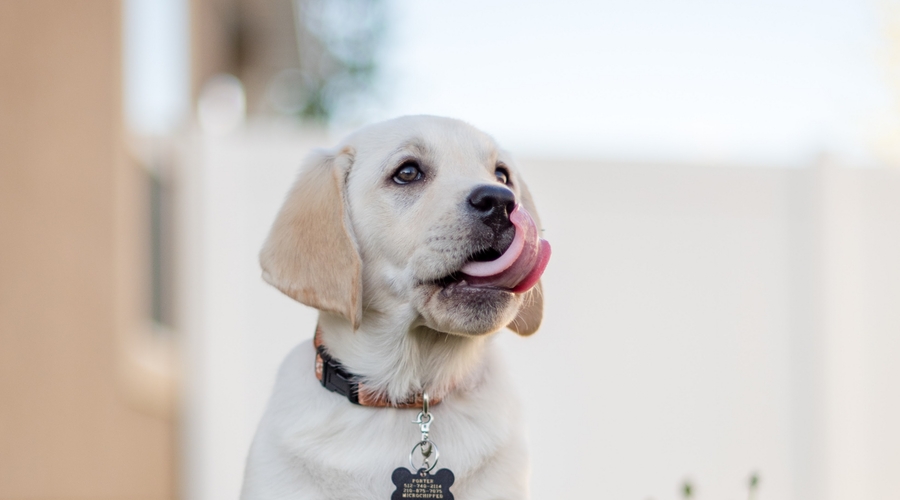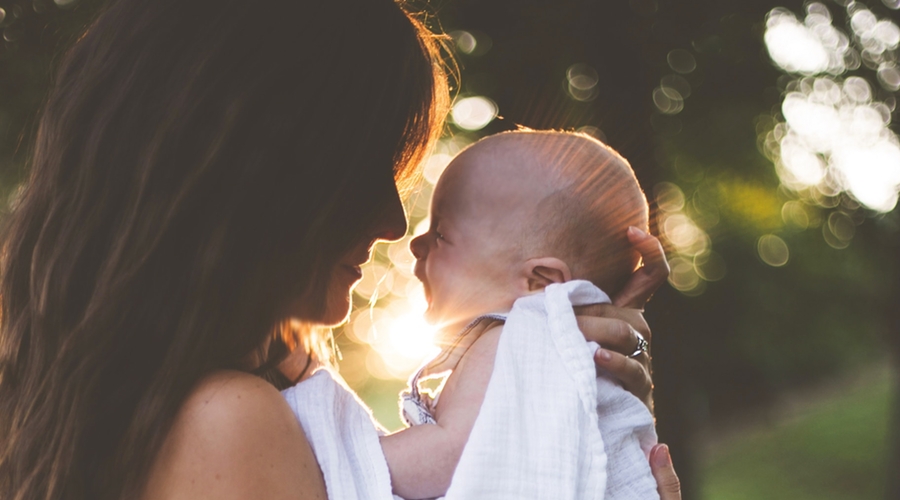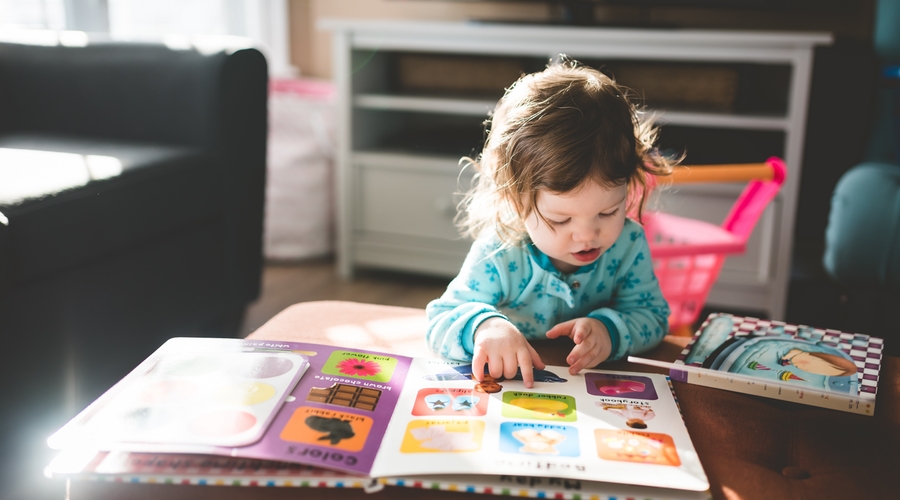settings
children
With Famly since
Early trailers for Channel 4’s recent controversial program ‘Train Your Baby Like A Dog’ lit a touchpaper in the early years sector.
The trailers showed clicker training and treats being used to ‘train children’ with supposed behavioural ‘problems’, while the show’s title alone prompted outrage across social media. A petition calling the show ‘dehumanising to children’ and demanding the programme’s cancellation was signed by more than 30,000 people.
All this, before the show was even aired.
Having now seen the show, I wanted to explore whether it was really as controversial as it first seemed. What was wrong with “Train Your Baby Like A Dog? What did it get right about behaviour? What did it get wrong?
Most importantly, I wanted to share my thoughts on how to truly understand and improve behaviour in the early years, without the need to treat anyone directly like one of our furry friends.
The problem with ‘Train Your Baby Like A Dog’
TV and social media are often the first port of call for those seeking advice and information on all manner of topics – including parenting. All the more reason why care needs to be taken with the information and advice that is put out there.
The program title is clearly very controversial, if not a little misleading. I hope that no one is taking it literally and planning on ‘training’ their child to “sit” and “stay” as you may a puppy.

I may have begun the show with some trepidation, but, overall, the content of the show surprised me, largely due to the dog trainer being a behaviourist (more on this later). On the plus side, I was happy to see she observed the children and parents in their natural environments, identified specific triggers to the children’s behaviour, and provided ideas and strategies for parents to put into place.
That doesn’t mean it was all plain sailing…
The human brain vs the canine brain
Whilst some of the behaviourist points made in the program are relevant to nurturing children, it’s also important to acknowledge that the human brain is very different from that of a dog.
It is during early childhood that the human brain develops at its most rapid pace. Early childhood experiences such as the attachments and relationships we have with our parents or carers are important. Not only do they help to form brain connections in early childhood, but they set a blueprint for all our future relationships.
That’s why it’s vital that anyone who lives or works with young children understands the role that early relationships, experiences, and environments play – and how they shape the adults we become.
A safe haven is crucial for brain development
The human brain is a complex subject.
In simple terms, we all have a part of the brain that is responsible for our survival. Of course, when children are new-born, they arrive totally defenceless and completely reliant on others for their survival.
Until they are born, infants have lived in the safe haven of the womb. It’s the only environment they have known, and so being away from others can be scary to begin with. In time, they will learn how to cope with being separated from others, sleeping on their own, or waiting a little for a response from their adults.

But of course, they will need our help, patience, and understanding to do so. These skills don’t develop overnight and leaving babies and children to cry can easily lead to them being distressed. That distress means that their brain is flooded with the stress hormone called cortisol, and prolonged periods of high cortisol levels can negatively affect brain development.
Our brains need to feel safe and happy. If there is a perceived threat or the brain is not happy, cortisol is released. If this is not caught in time it will leave us in survival mode, the famed ‘fight or flight’ reaction. This might be observed in children lashing out (fighting) or if they are mobile enough, trying to run away from a situation (flight).
What does behaviour really mean in early childhood?
Great, but what does this all have to do with behaviour? This is where Behaviourist Theory comes in.
Behaviourist theory works on the assumption that behaviours are a response to certain stimuli in a person’s environment. People often assume that children are simply giving their adults a hard time when they cry, strop, tantrum or meltdown.
Actually, what they’re trying to communicate is that they are having a hard time. It is important that we, as parents, caregivers, or practitioners, try and find out what they are ‘saying’ with their behaviour.
Are they tired, hungry, lonely, or scared? Perhaps they are finding life unpredictable, confusing, frustrating, or over-stimulating? Babies and young children are yet to learn about what they like and dislike, what they are feeling and why, and how to effectively communicate all these new emotions.
As the dog trainer is a ‘behaviourist’ this came across well in the show. It highlighted what the children were experiencing and why they need help from understanding and patient adults. If adults get cross and thwart children, they often only succeed in fanning the flames of their children’s anger and upset. This leads to increased cortisol, pushing them down a path towards fight or flight mode.
Instead, children need their adults to provide them with reassurance, a calming atmosphere and strategies that can help them cope in the future. In time they will use these to learn to recognise and manage their own feelings.
Adults can help babies and young children in many ways. For example, we can try to find out what they are afraid of and try to fully grasp typical child development ages and stages. We all need to feel supported, understood, positively acknowledged and affirmed.
We just don’t need a clicker, sticker, or piece of chocolate to show us.

The problem with the clicker
Compliance techniques such as the clicker training that we see in How To Train Your Baby Like A Dog essentially bribe children to behave in a certain way.
Rewarding compliance with reward charts or treats may well show quick results in some cases, but from my experience they are largely ineffective. They work on the premise that children are willfully behaving in a certain way (which largely speaking they are not) and do not offer them time to find out what is upsetting them or offer any coping strategies. Instead, it encourages them to quash their feelings just to get a reward
What’s more, it sends the wrong message to children by leading them to believe that they should always do as they are told without questioning it.
Then there is the issue of when to stop using these techniques and what happens when there is no one around to tell the child what to do. You run the risk of leading children to believe that their place in life is to please others, which has obvious links to being bullied or groomed.
Furthermore, the use of clicker training on autistic children has already been shown to have links to post-traumatic stress disorder.
A more positive approach to problem behaviour
Positive relationships between adults and children are vital to help young people feel safe, secure and supported. Children do not need to feel distressed and alone – they need their adults to provide a safe and secure emotional base for them.
If a toddler has accidentally torn a page in a book, what would be the typical adult response? Disappointment? Perhaps anger? What if it was an accident, that the child is still refining their page-turning abilities?
You might instead choose to mend the tear together with some tape, and model how to turn pages carefully to help the child on their learning journey. Life is full of trial and error, and there is lots to learn about what doesn’t work until you find something that does.

Children learn by observing and copying the people around them and that’s why positive role models are so crucial. If adults leap in and snatch something away from a child because they don’t seem to be behaving appropriately, it gives the impression that snatching is OK if you do not agree with something. Equally, if you want children to use their manners, you need to begin by modelling those words yourself.
Finally, it’s worth noting that young children aren’t able to think abstractly, and so you often need to be more specific when giving instruction. Parents often say things like ‘don’t spill’ or ‘don’t run, you’ll fall!’ but if you can hear yourself saying these kinds of things, practise more positive, clear approaches like ‘be careful, use two hands’ or ‘slow down a little’.
A better recipe for good behaviour
We all need a reminder sometimes that babies and young children are not ours to “train”.
Instead, with positive role models, understanding, help, and support they can learn to understand their feelings and environments. Babies and children need our understanding, compassion, and patience – and they need to be positively acknowledged whenever we can.
Positive relationships within the enabling environments we provide will help children to form strategies that help them in difficult situations. At the same time, we’re building their self-esteem and self-worth, helping them to learn what they can do, what they find difficult, and what they like or dislike.
With this new understanding, they’ll be able to use their growing communication toolkit to explain their needs, manage their own behaviour and self-regulate their emotions way better than a dog could ever do.
Sue Asquith is an independent Early Childhood Consultant and author with more than 15 years experience delivering training in the early years. Her first book, all about self-regulation, will be out in Spring 2020, and you can keep up with the latest developments on her Twitter @sueasquith, or over on her personal Facebook Group.
The big ideas
Try learning journals for free
Add observations, and build digital learning journals to share with families instantly. All with your completely free 14-day trial.
Get started









